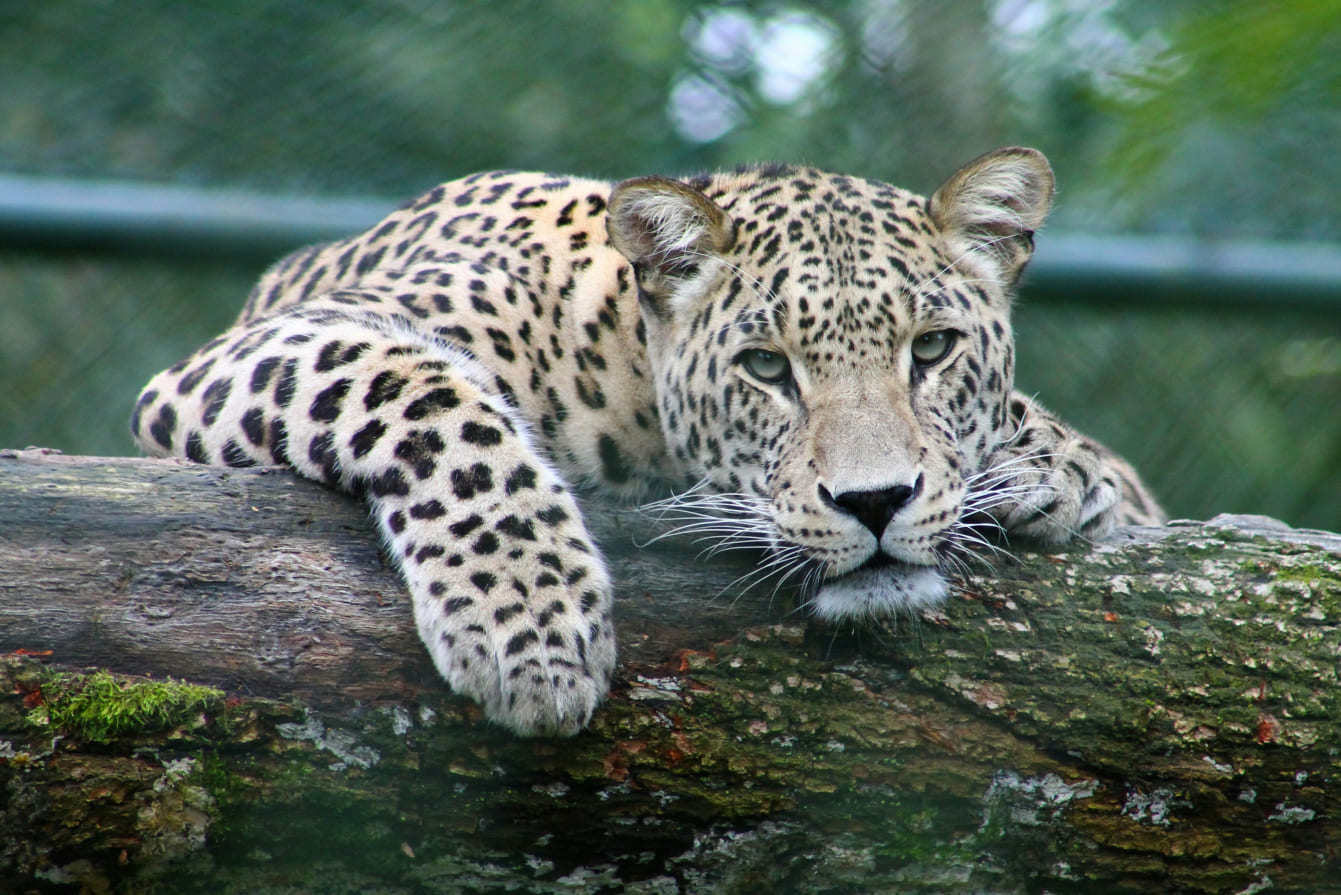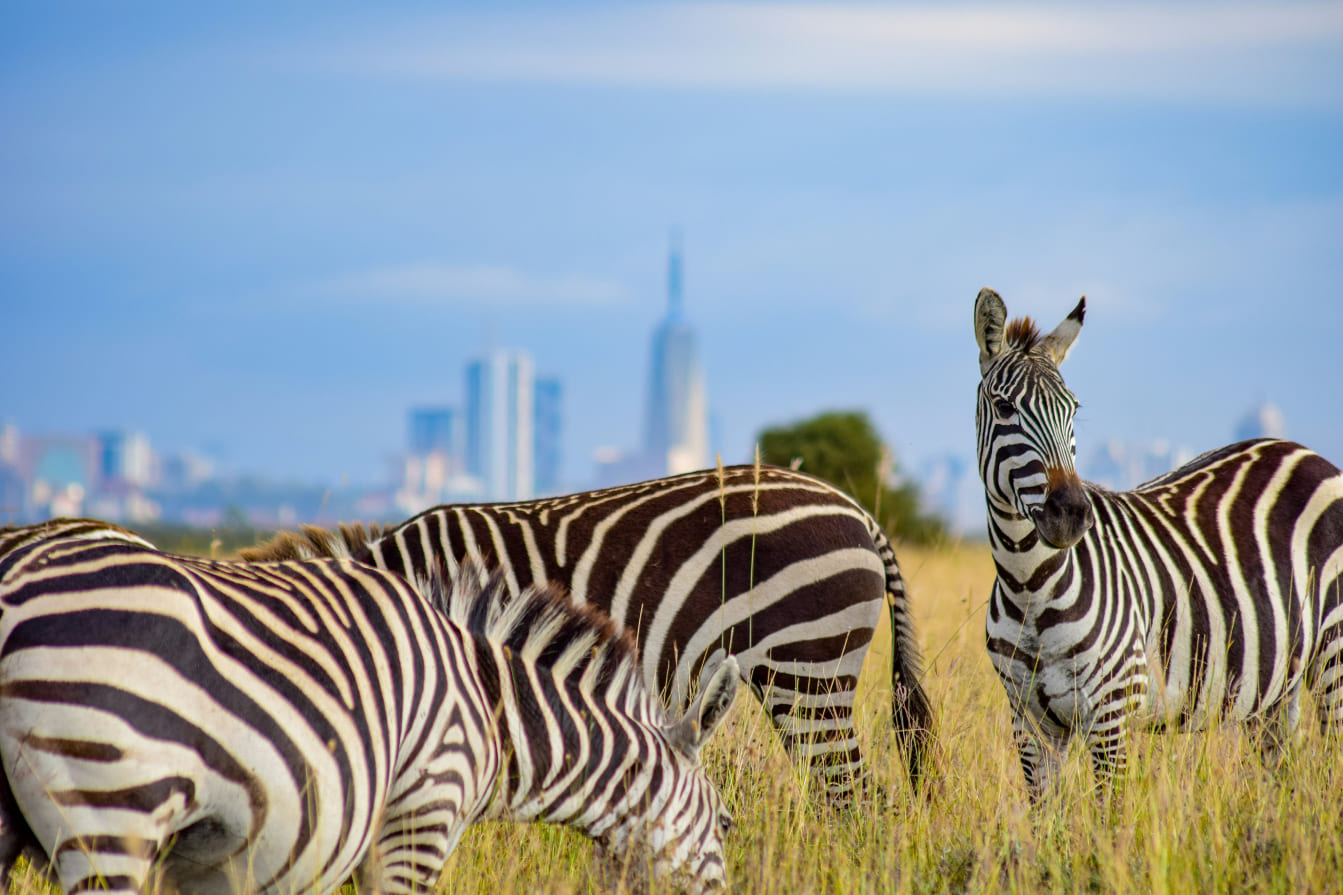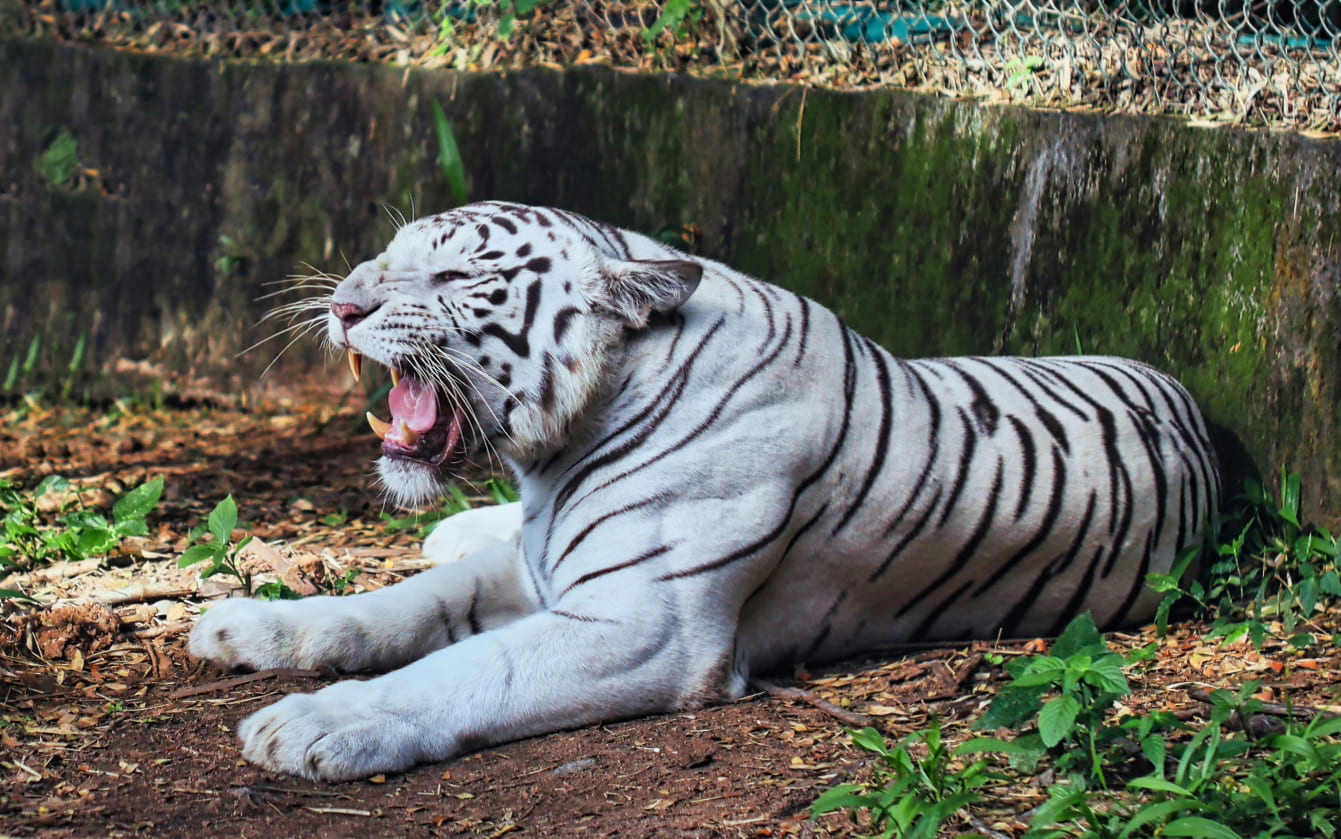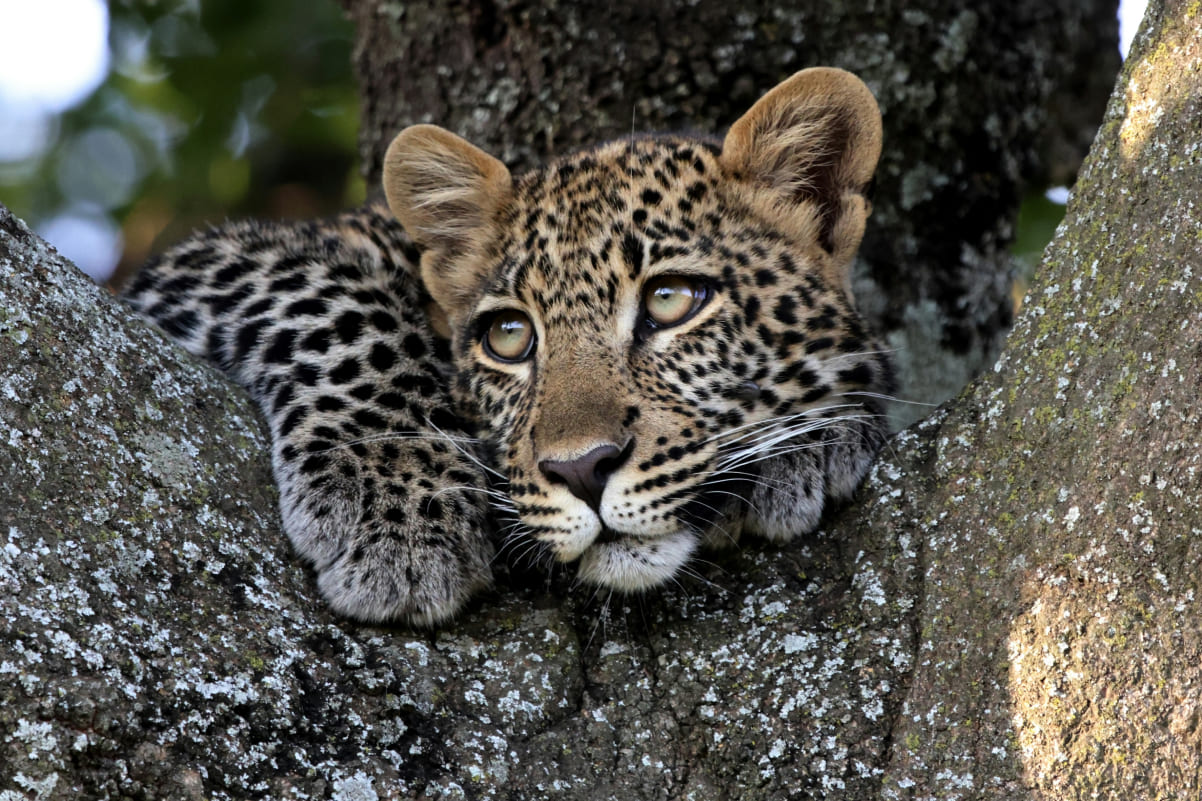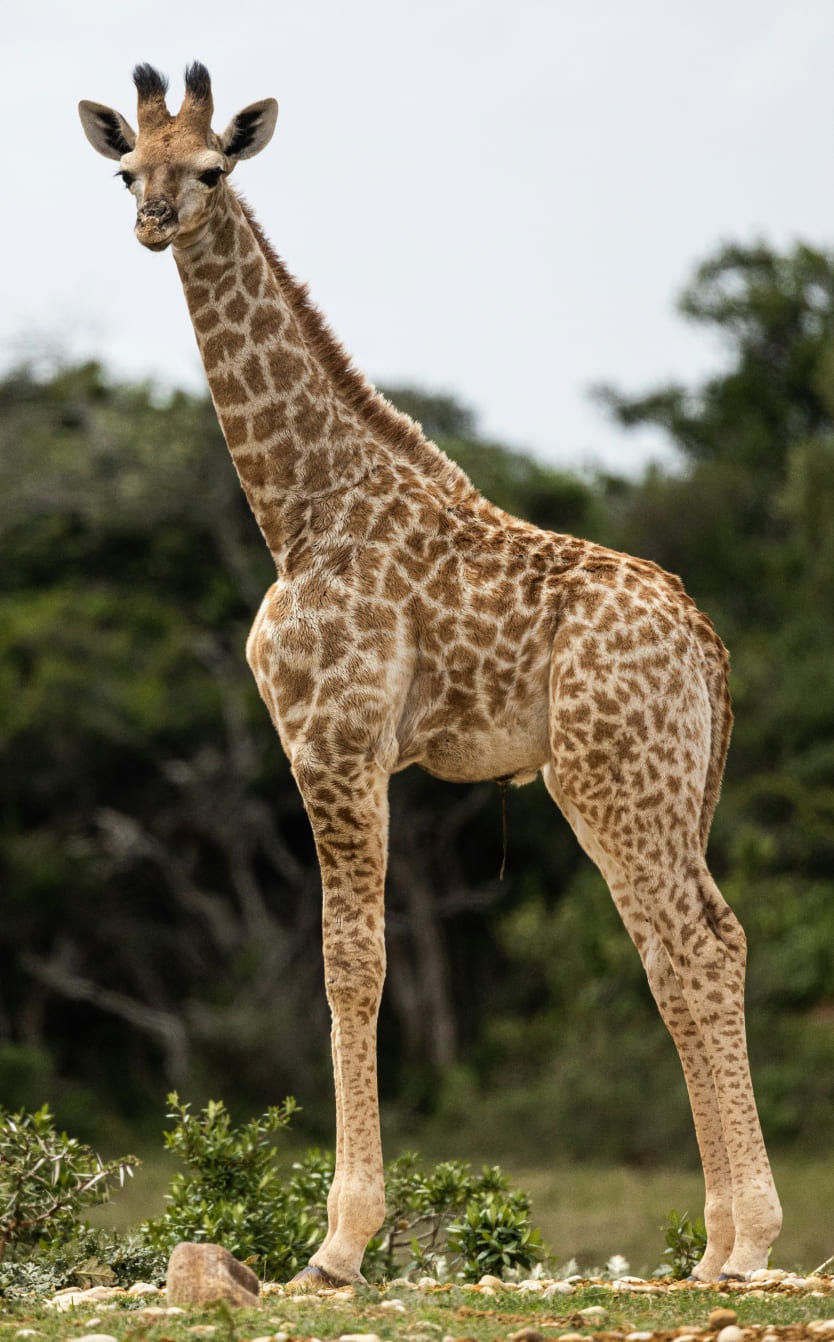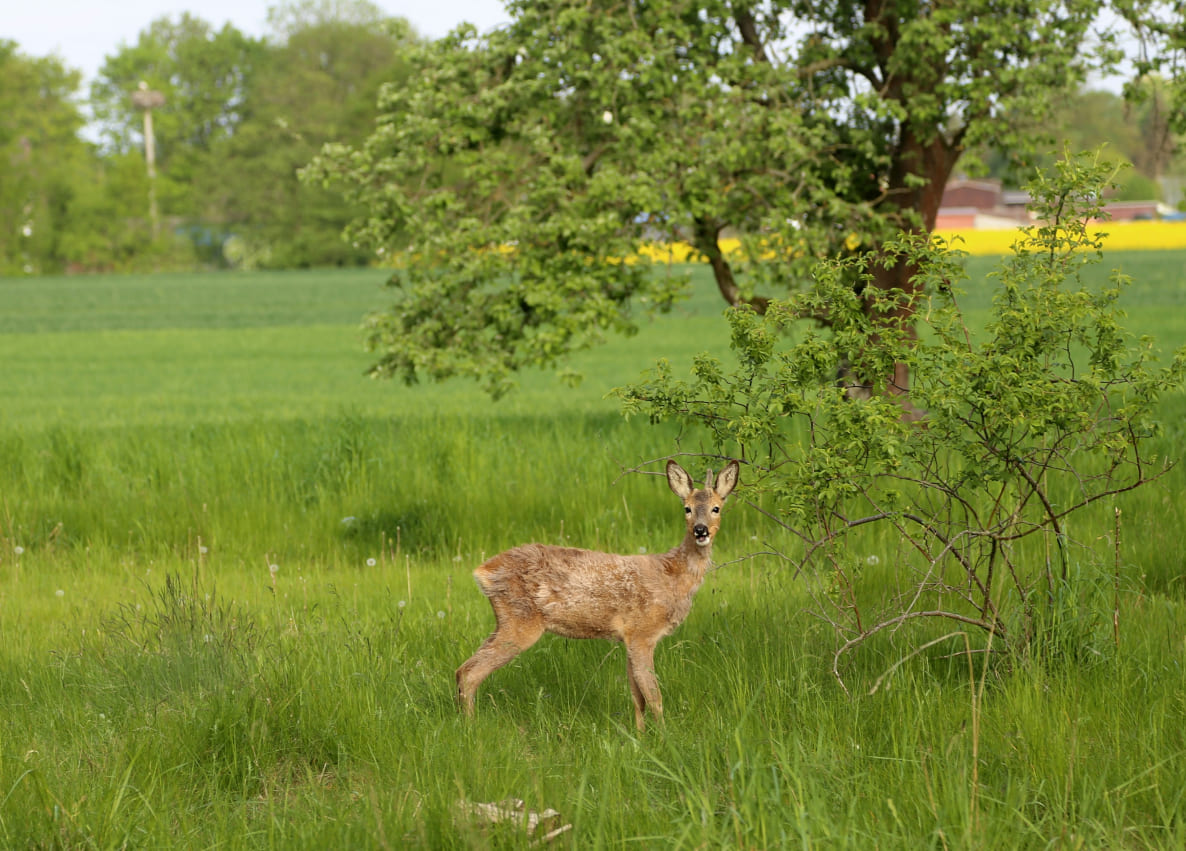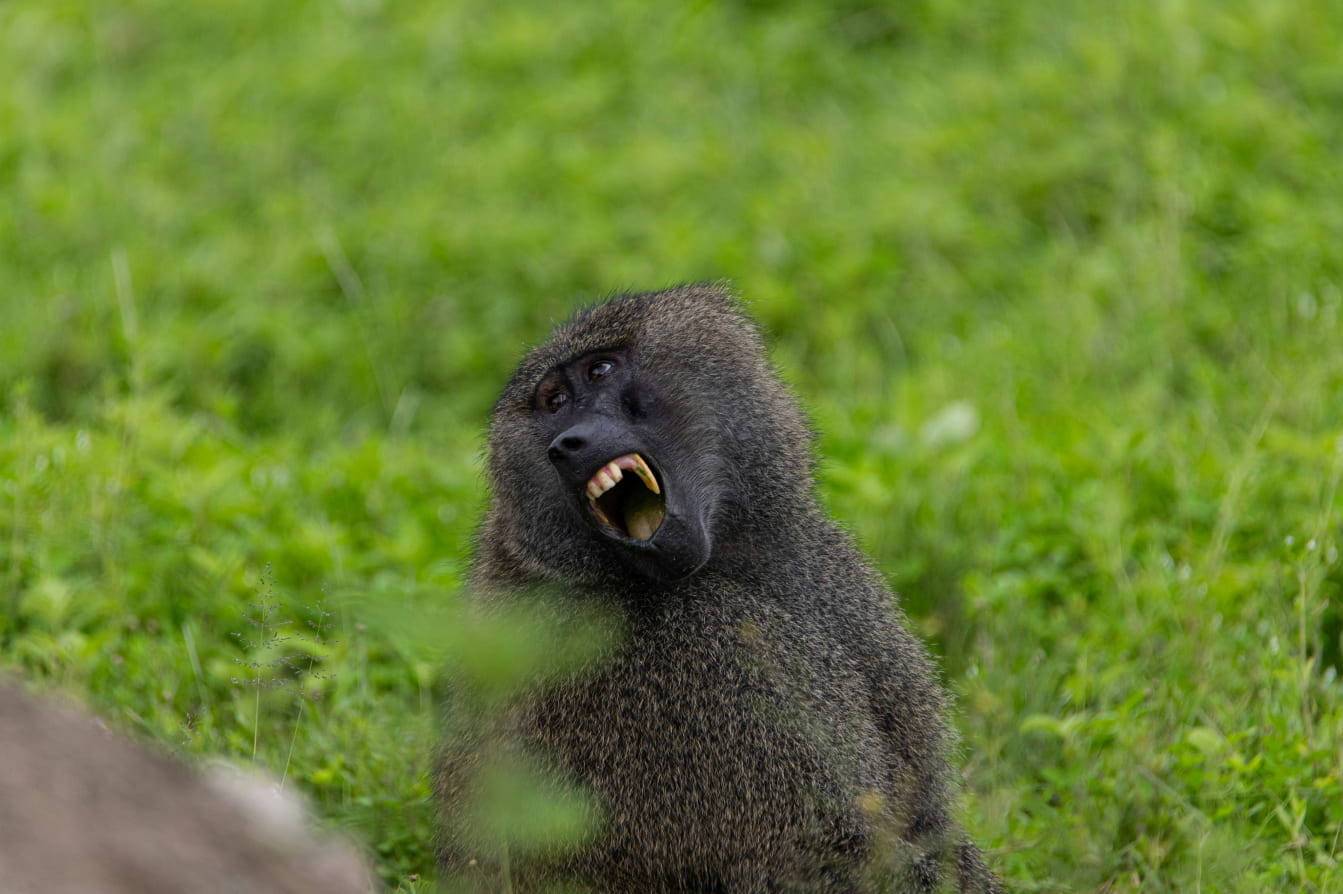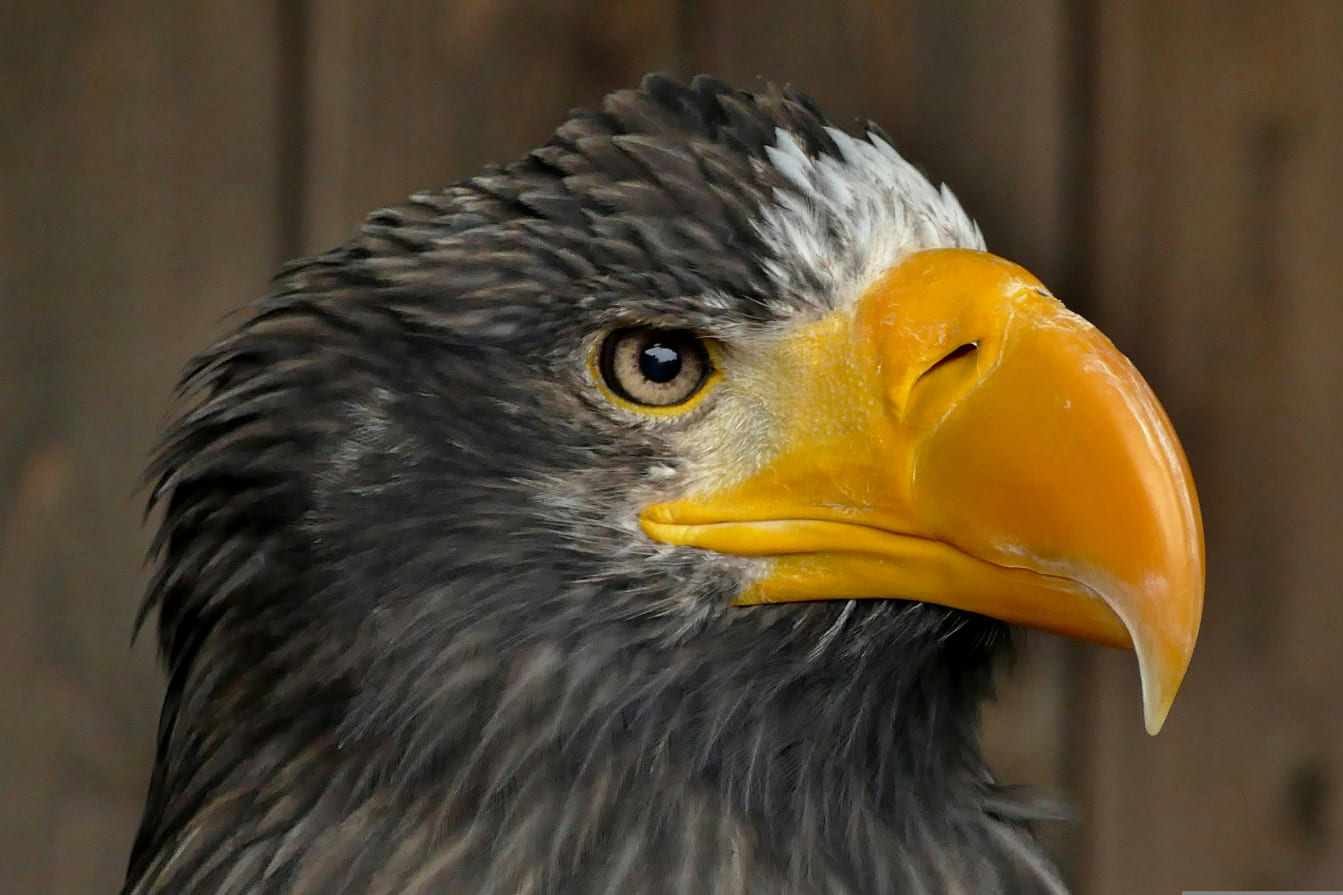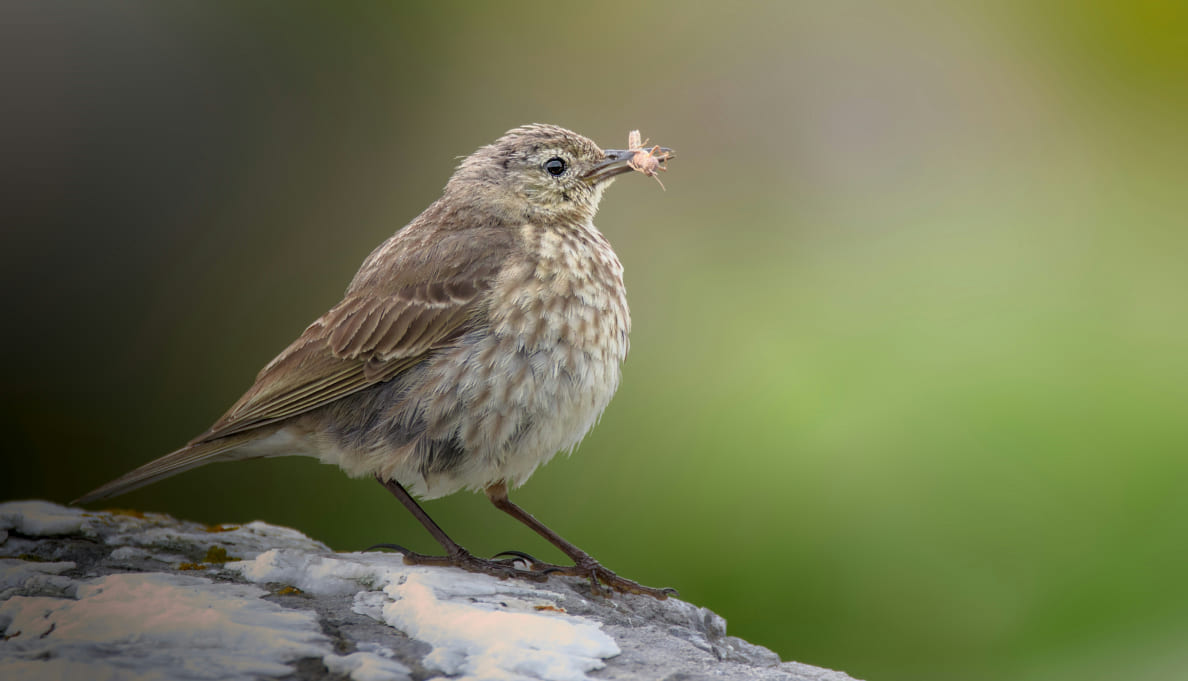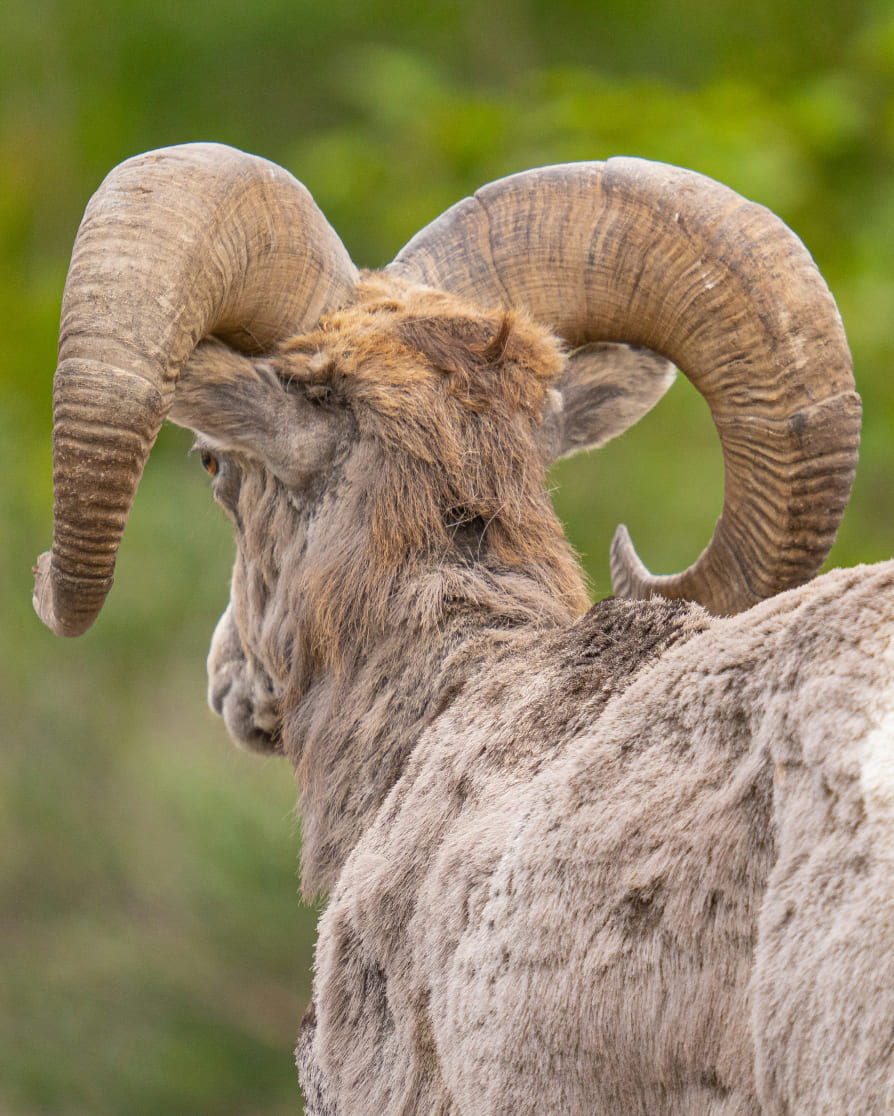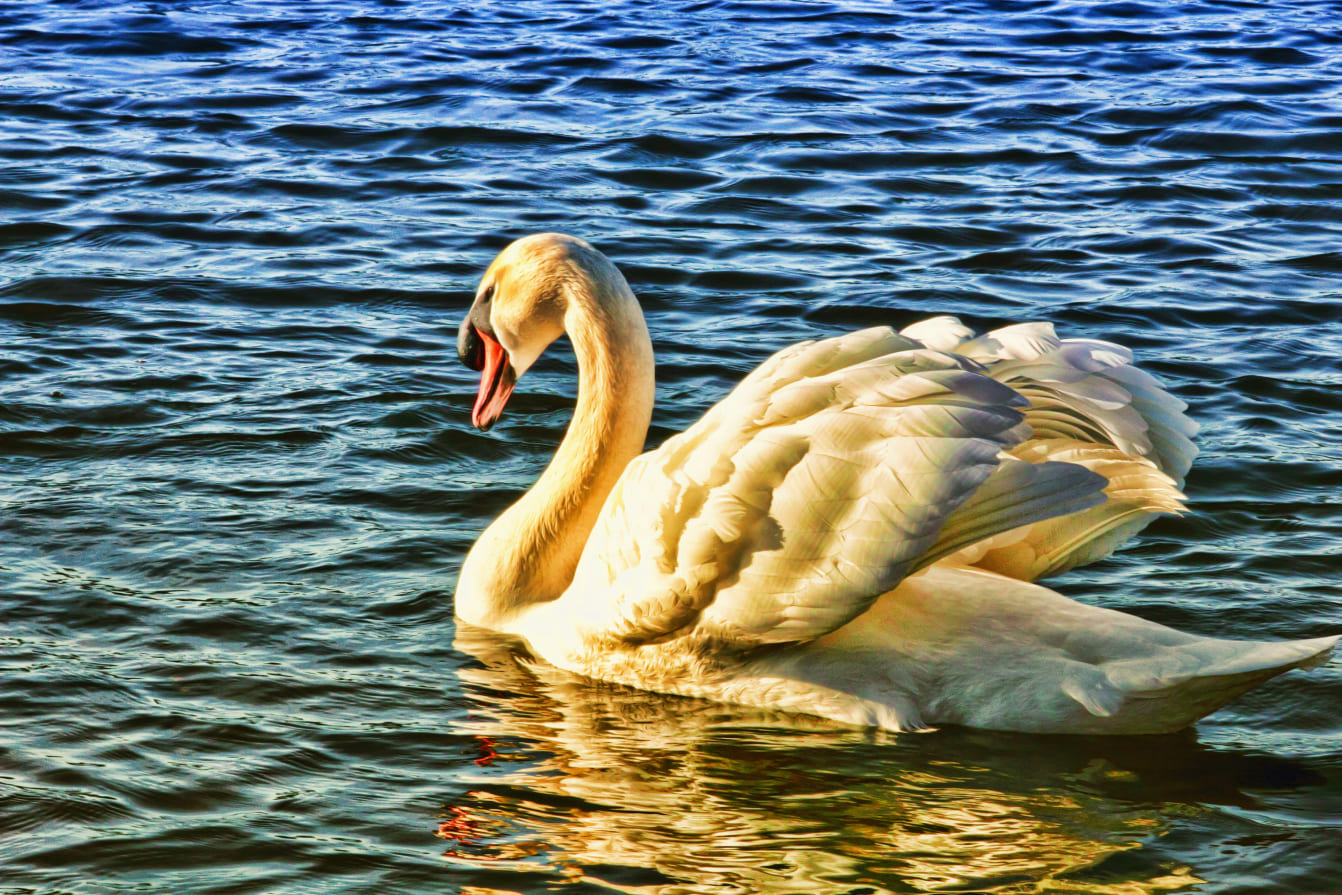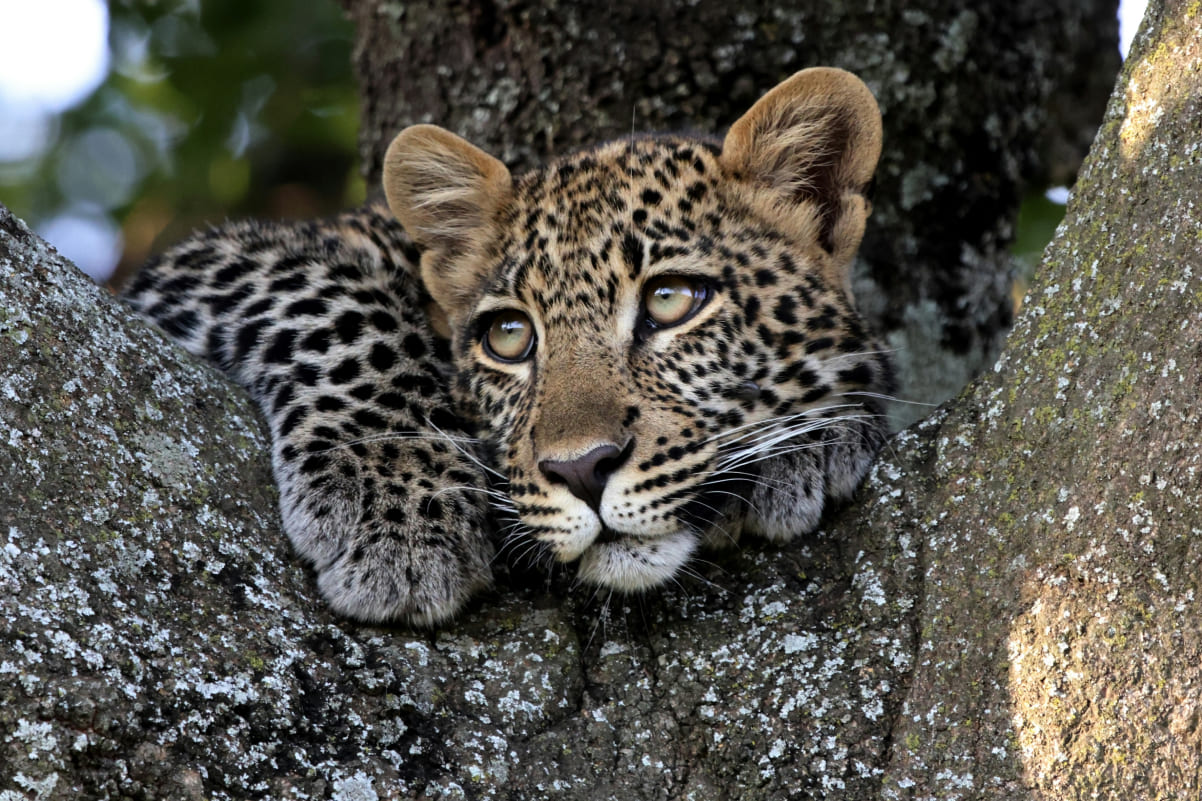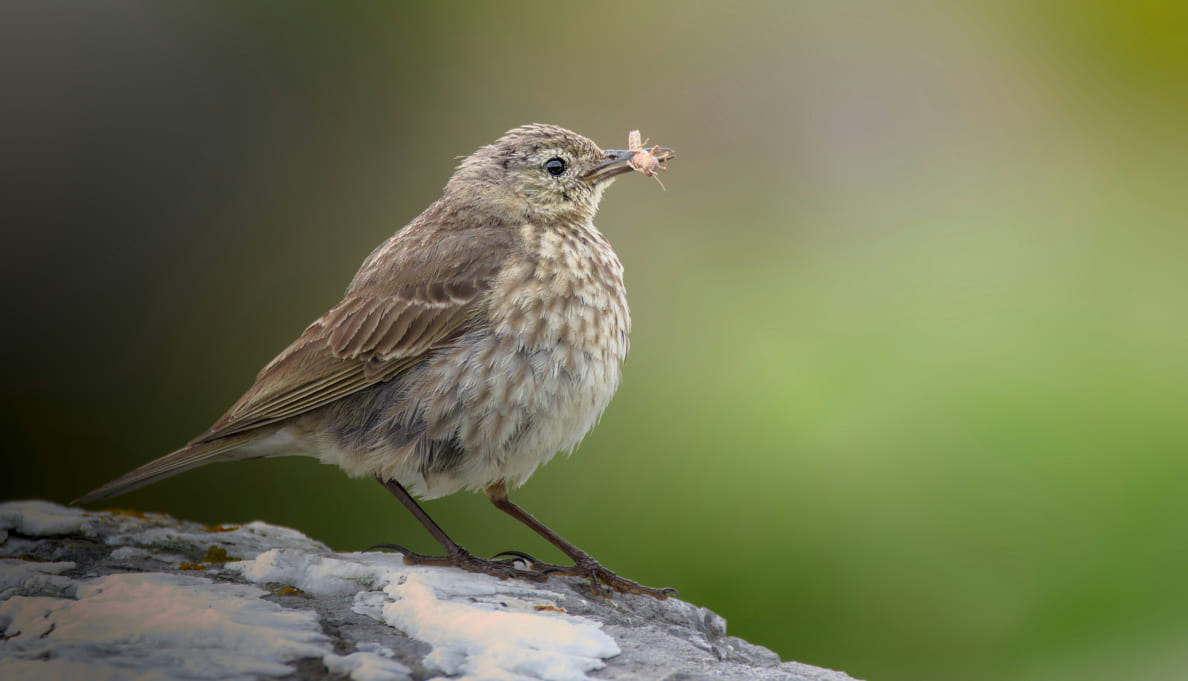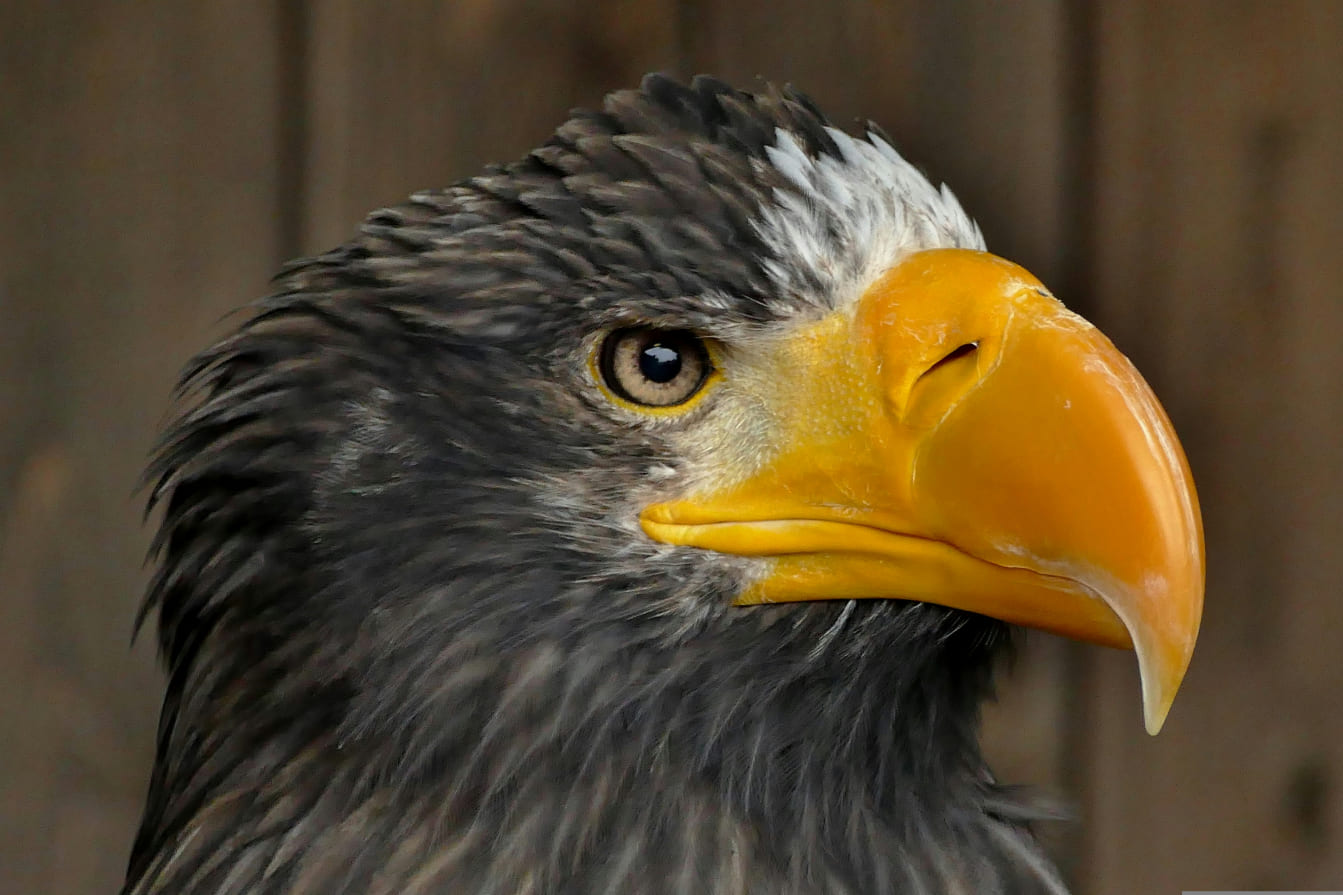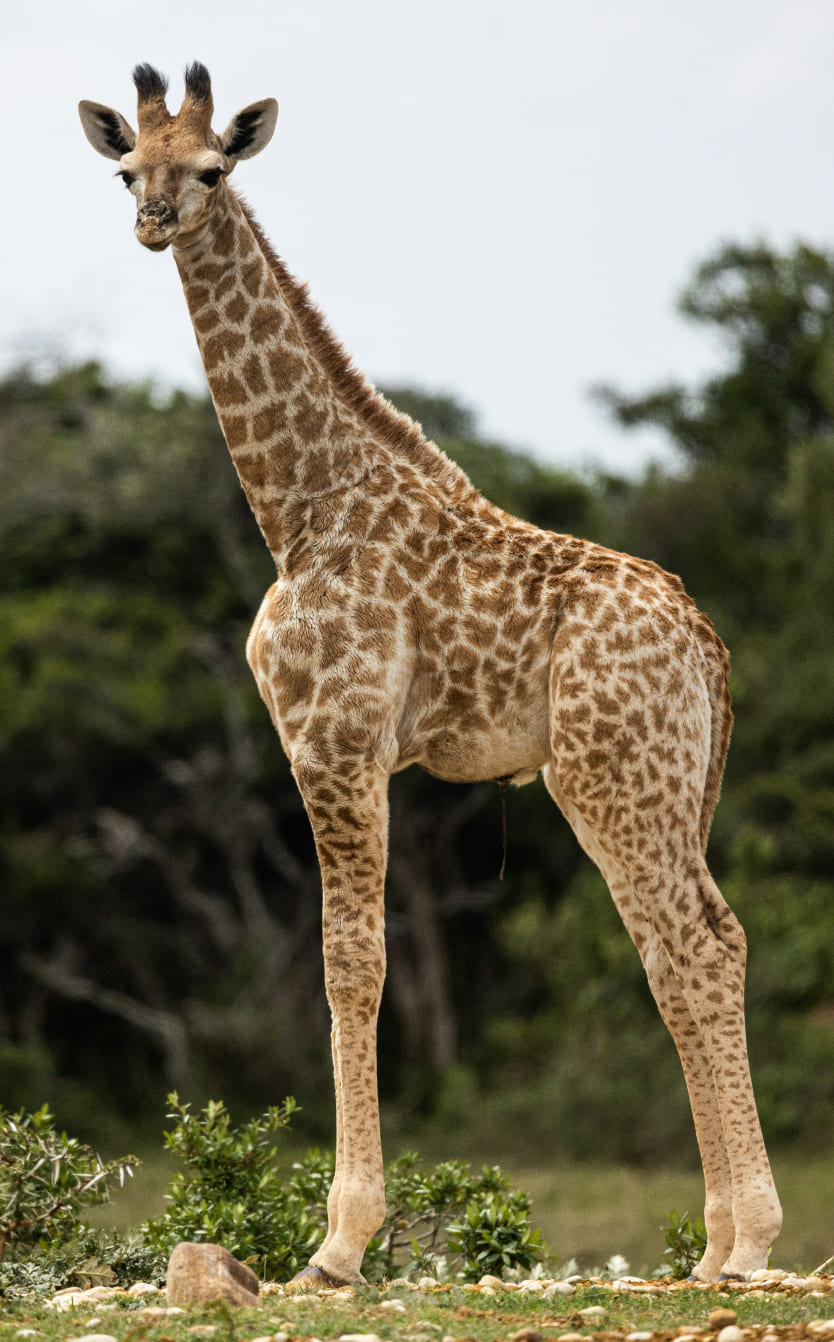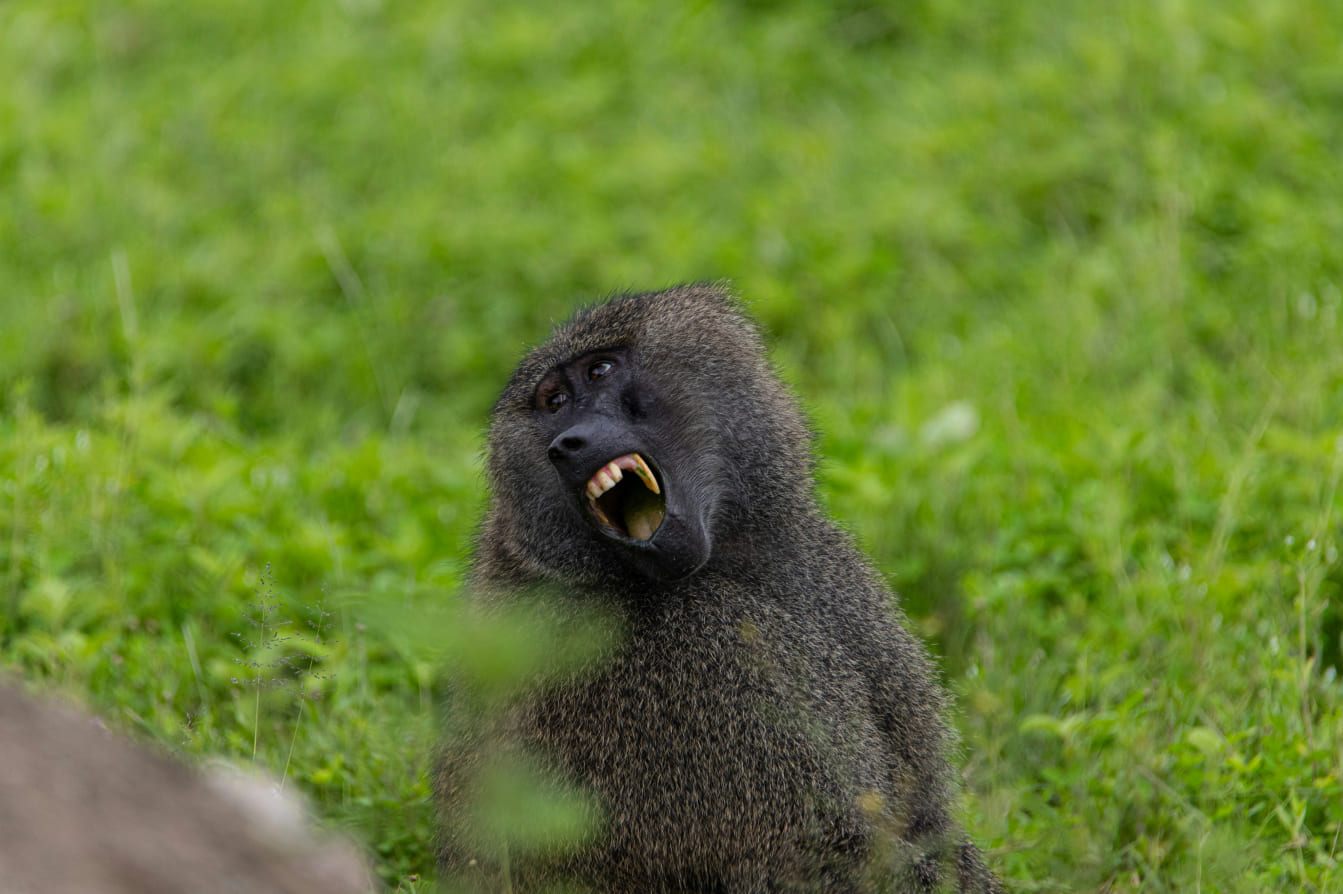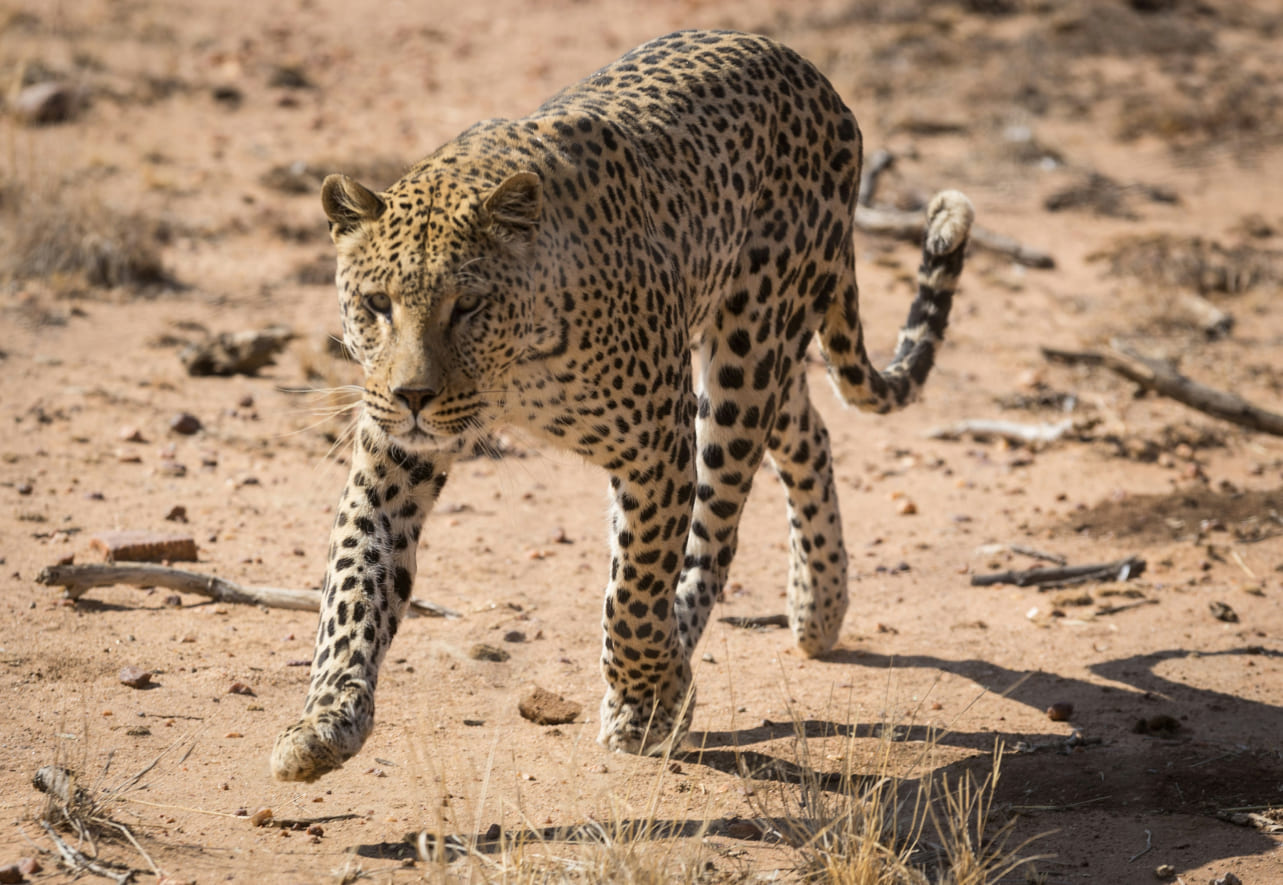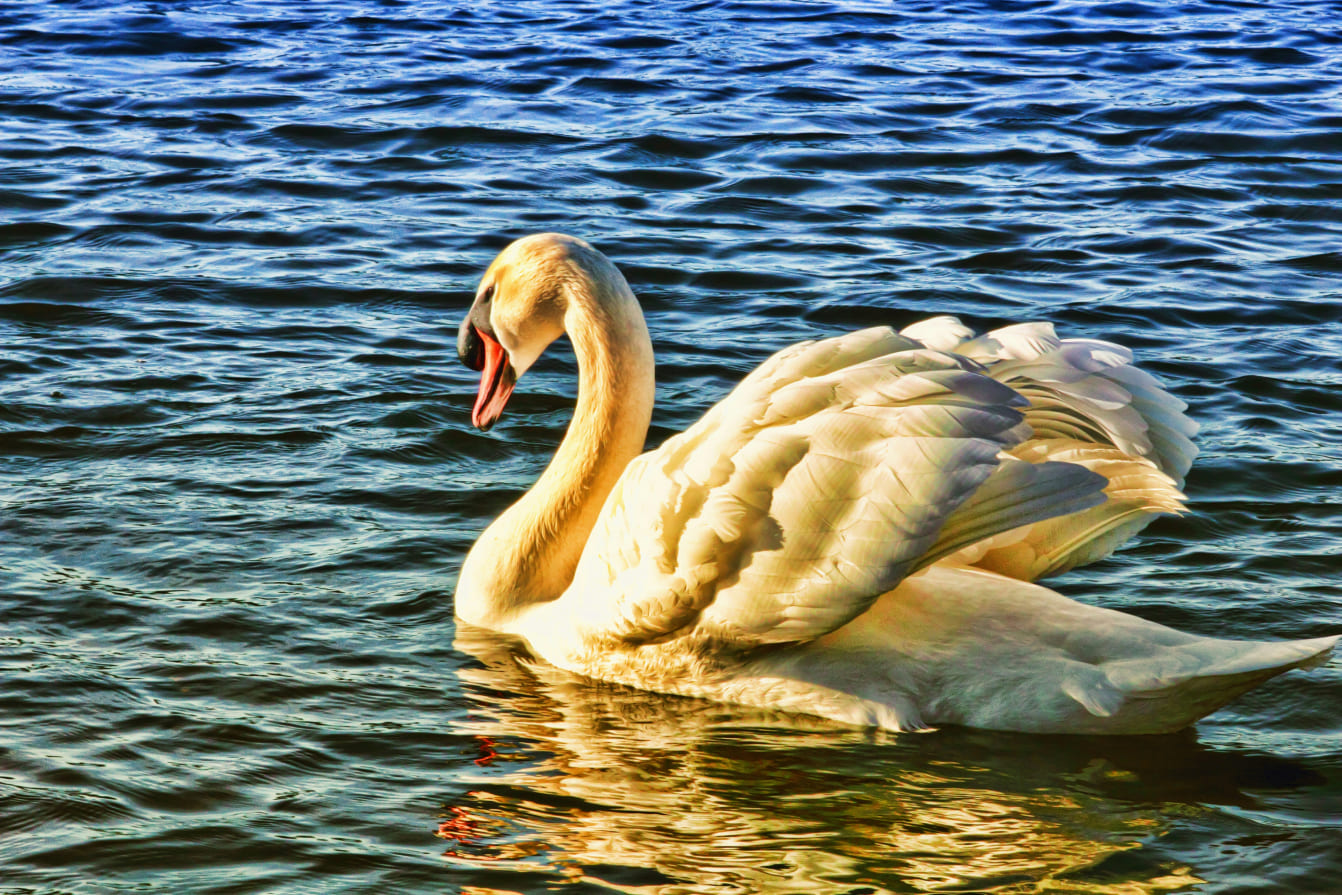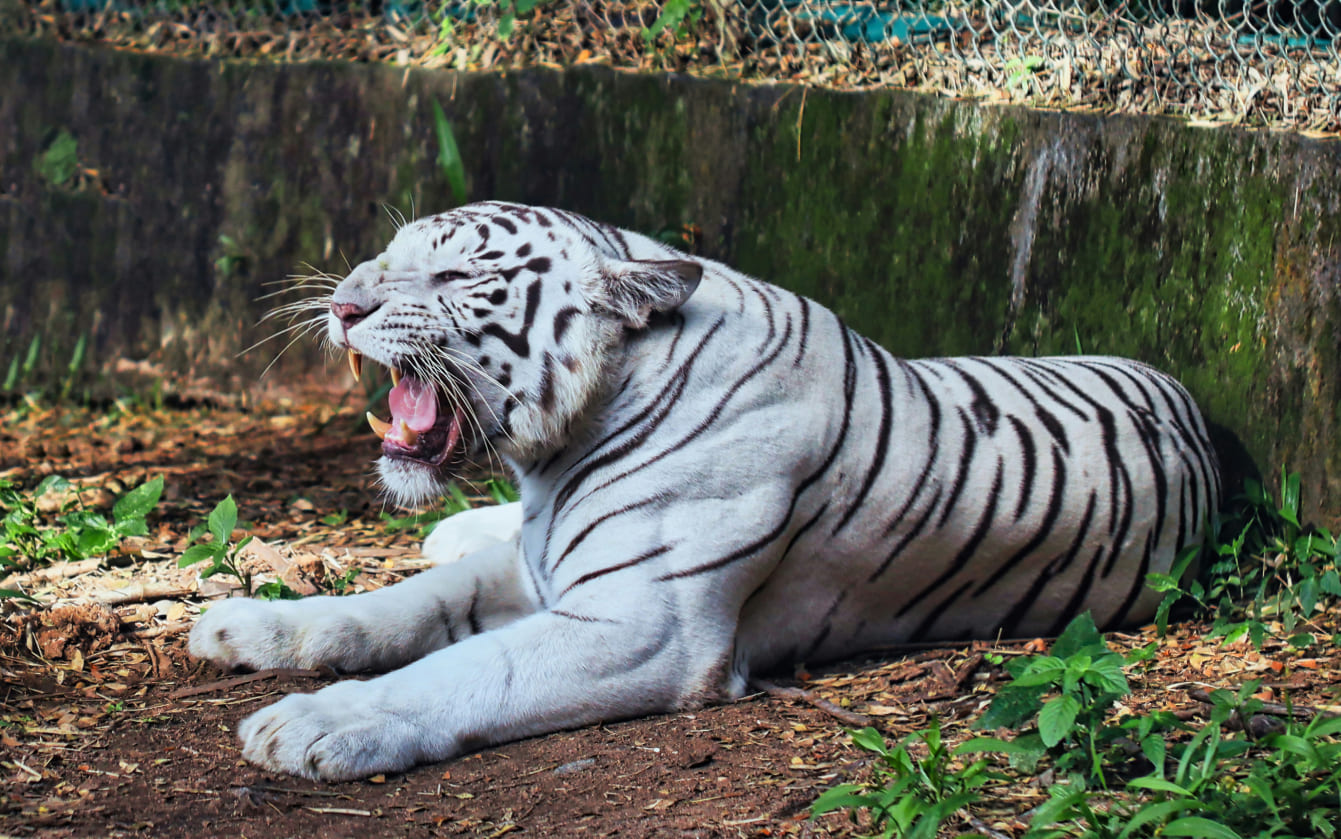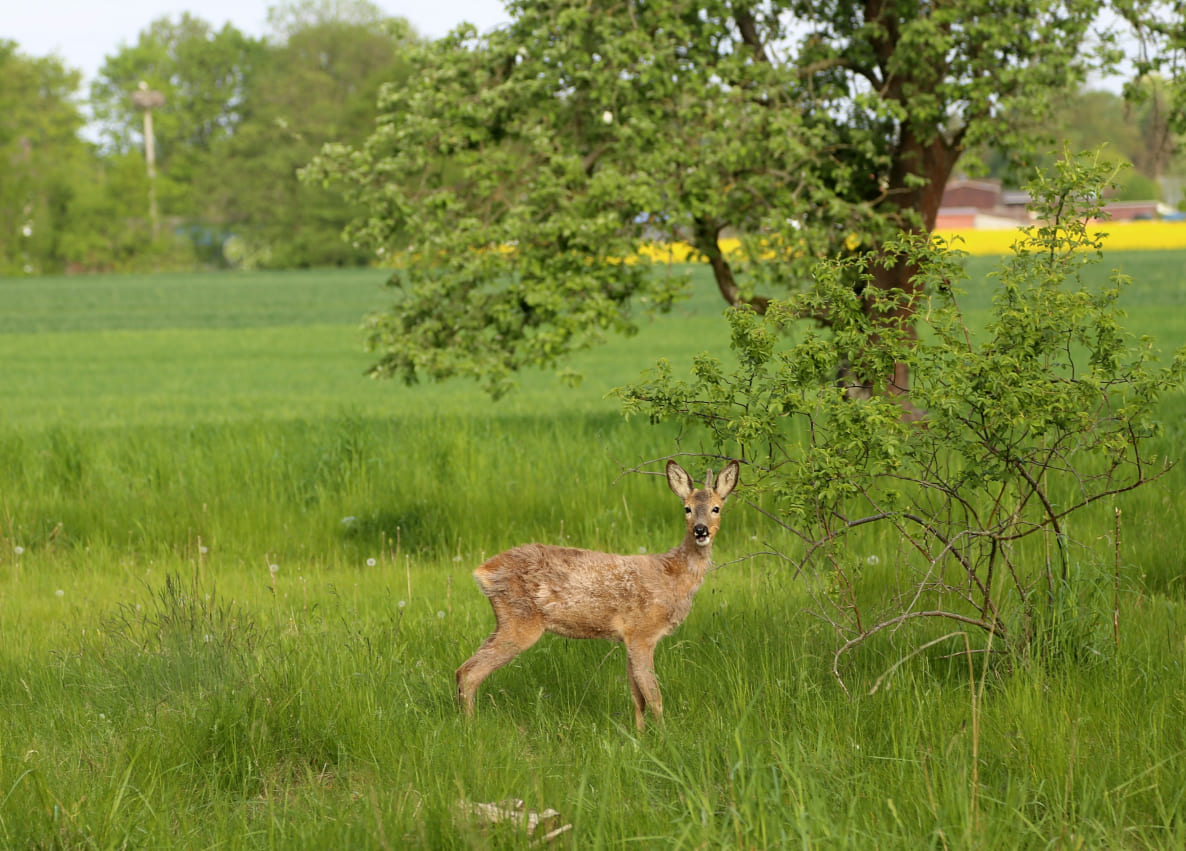The Striped Nomads of the Grasslands - Zebra
Zebras, with their striking black-and-white stripes, are among the most iconic inhabitants of Africa’s savannahs and grasslands. Each zebra’s stripe pattern is as unique as a fingerprint, serving not only as camouflage but also as a way for individuals to recognize one another within their herds. These social animals live in groups called harems, led by a dominant stallion who protects the group from predators.
Zebras are grazers, feeding primarily on grasses, but they can adapt their diet to include shrubs and bark during droughts. Their ability to digest tough vegetation allows them to thrive in areas where other herbivores might struggle. Zebras play a crucial role in their ecosystems by maintaining grassland health and serving as prey for predators such as lions.
what our client say
Wildlife in Forest and Steppe Reserves
Guardians of Nature's Balance

Peninsula Cooter Turtle
The Peninsula cooter turtle is a striking freshwater species found in rivers, ponds, and wetlands across its native range in the southeastern United States. This turtle is easily recognized by the intricate yellow markings on its dark brown shell, which act as camouflage against predators. Preferring calm waters, these turtles spend much of their time basking on logs or rocks, a behavior essential for thermoregulation and vitamin D synthesis.
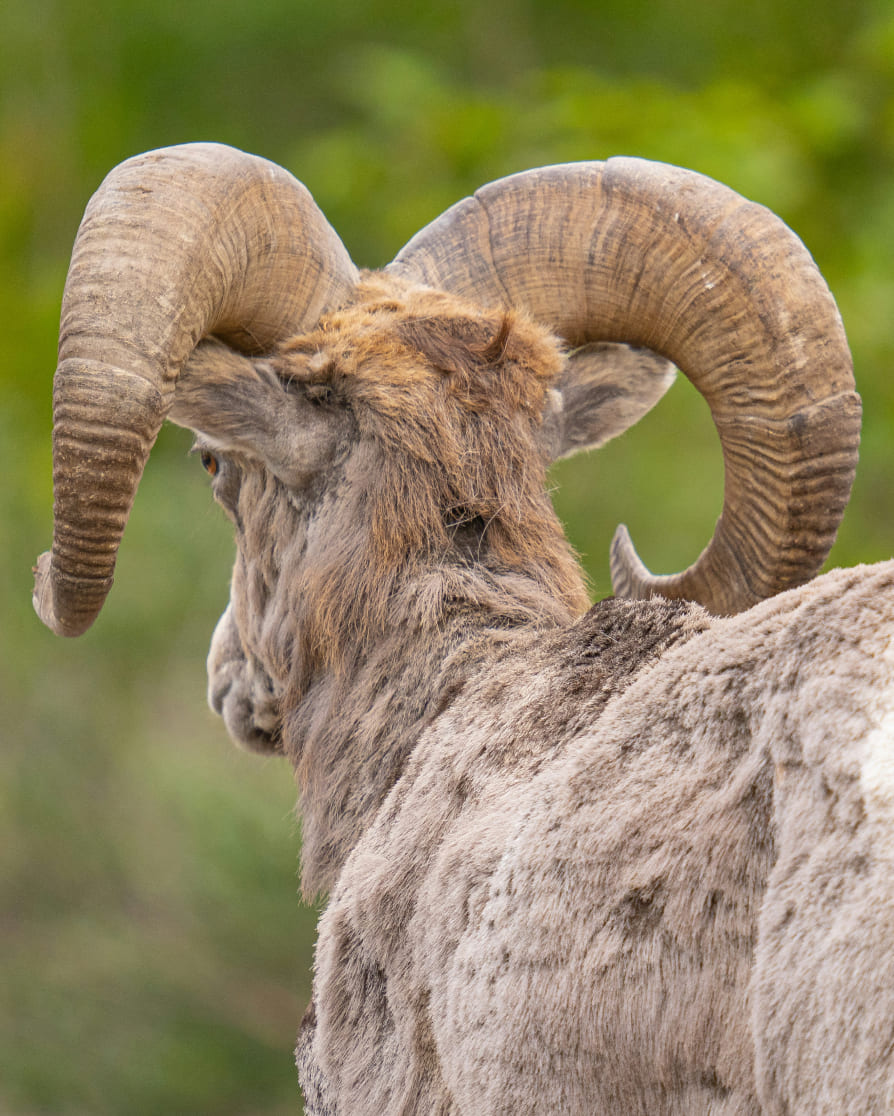
Bighorn Sheep
Bighorn sheep, known for their iconic curled horns and extraordinary climbing ability, are some of the most fascinating inhabitants of mountainous regions. Native to North America, these animals thrive in rugged landscapes, where their agility allows them to escape predators such as mountain lions and wolves. Male bighorn sheep, or rams, are famous for their dramatic headbutting contests during the mating season, which can last for hours and determine dominance within the herd.
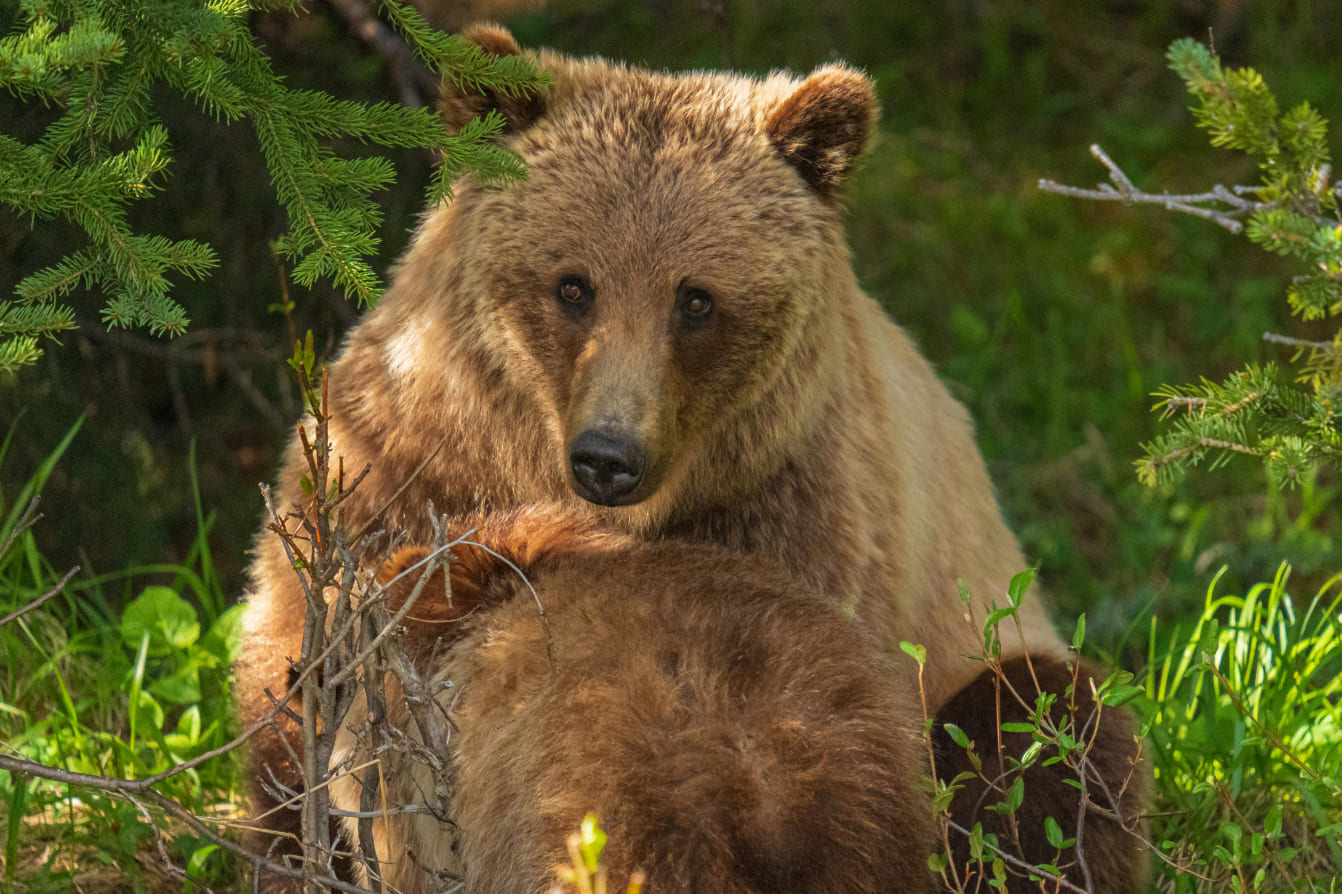
Grizzly Bear
Grizzly bears are among the most iconic symbols of wild North America, embodying strength and resilience. These large, brown-furred bears inhabit forests, meadows, and mountainous regions, where they roam vast territories in search of food. Grizzlies are omnivorous, consuming a varied diet that includes berries, roots, nuts, fish, and even large mammals. Their feeding habits make them essential players in their ecosystems, as they help disperse seeds, control prey populations, and maintain the health of aquatic systems through their fishing activities.
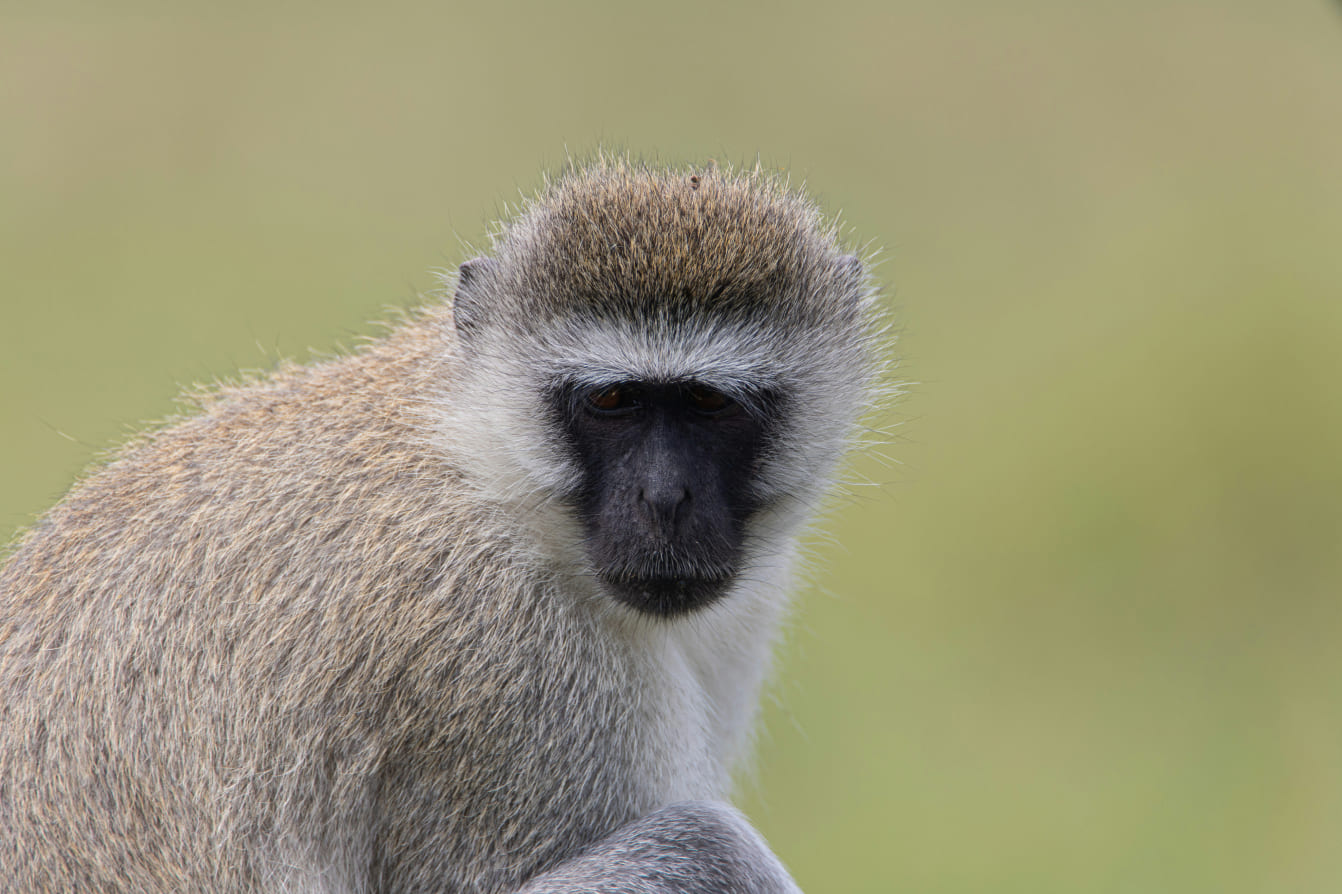
Gray Langur
Gray langurs, also known as Hanuman langurs, are elegant primates native to the forests, grasslands, and scrublands of South Asia. These monkeys are highly adaptable and can be found in both wild reserves and urban areas. With their long tails, slender limbs, and expressive faces framed by gray fur, they are easily recognizable.
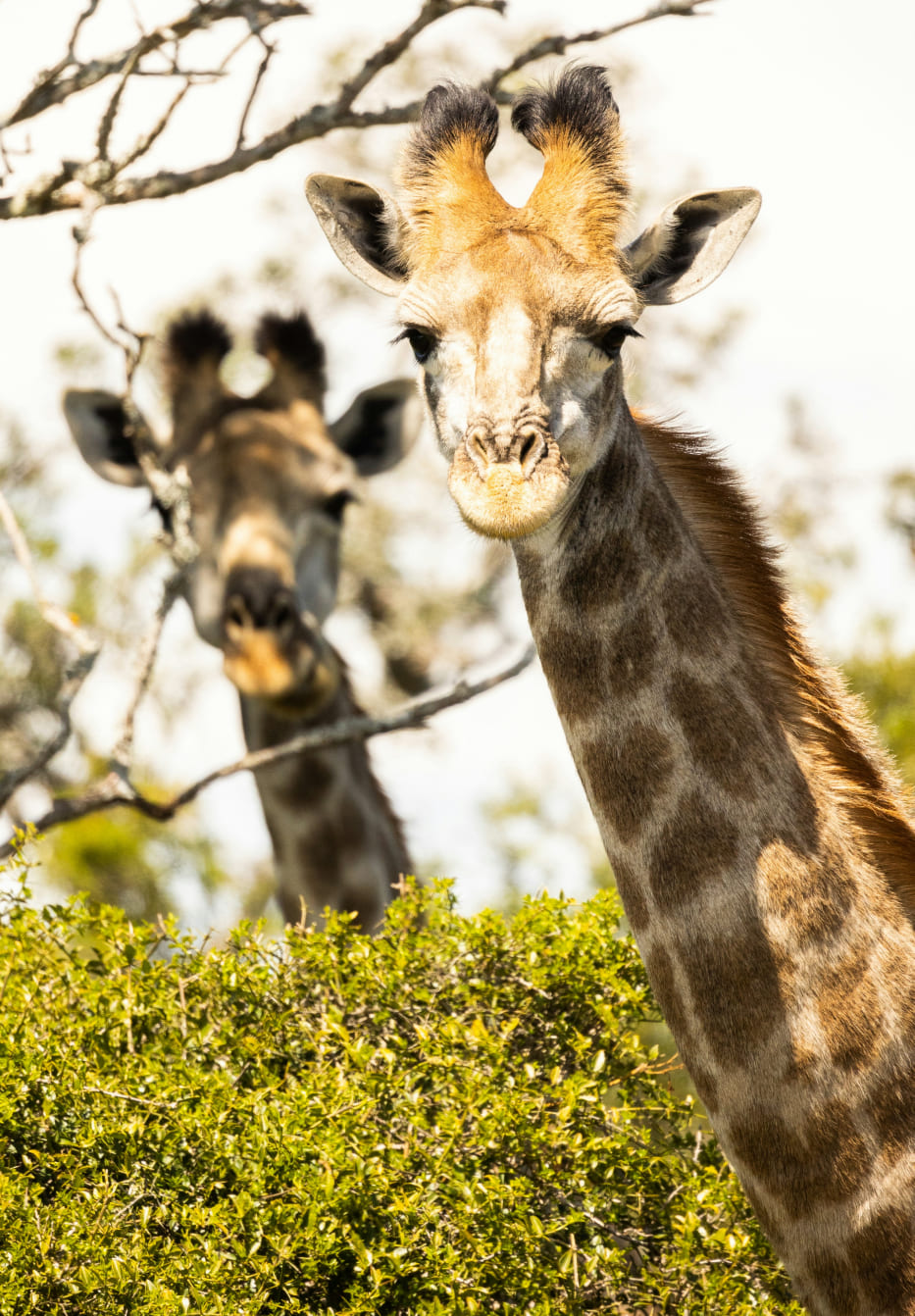
Northern Giraffe
The northern giraffe is a towering icon of African savannahs and steppes, known for its striking patterned coat and extraordinary height. Their long necks enable them to feed on treetops, particularly acacias, which are out of reach for other herbivores. This dietary specialization reduces competition for food and allows giraffes to play a crucial role in shaping their environment by pruning trees and dispersing seeds.
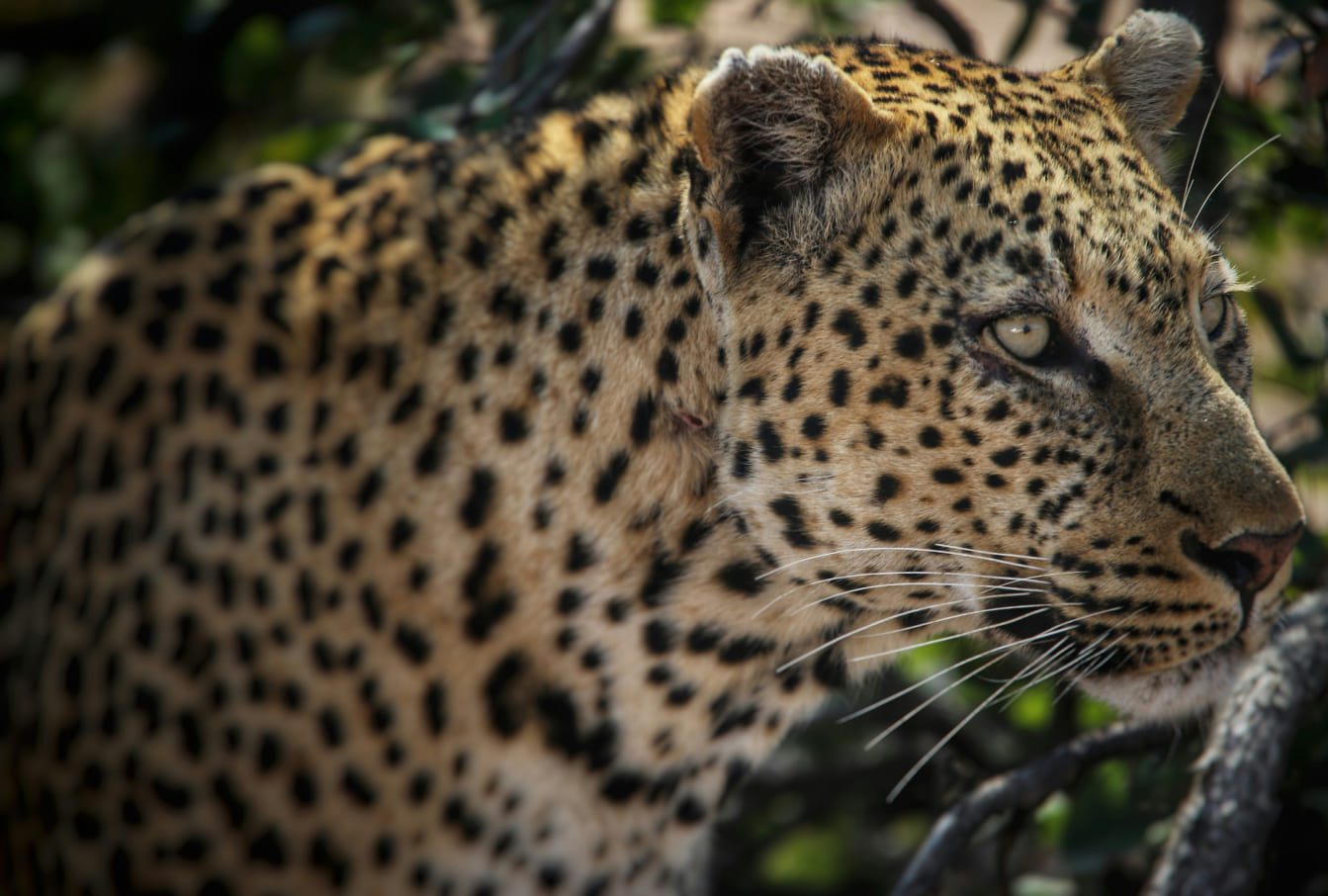
Sri Lankan Leopard
The Sri Lankan leopard is a rare and endangered subspecies of leopard found exclusively on the island of Sri Lanka. These solitary predators inhabit dense forests and grasslands, where their spotted coats provide excellent camouflage. As apex predators, they regulate prey populations, ensuring a balanced ecosystem.


